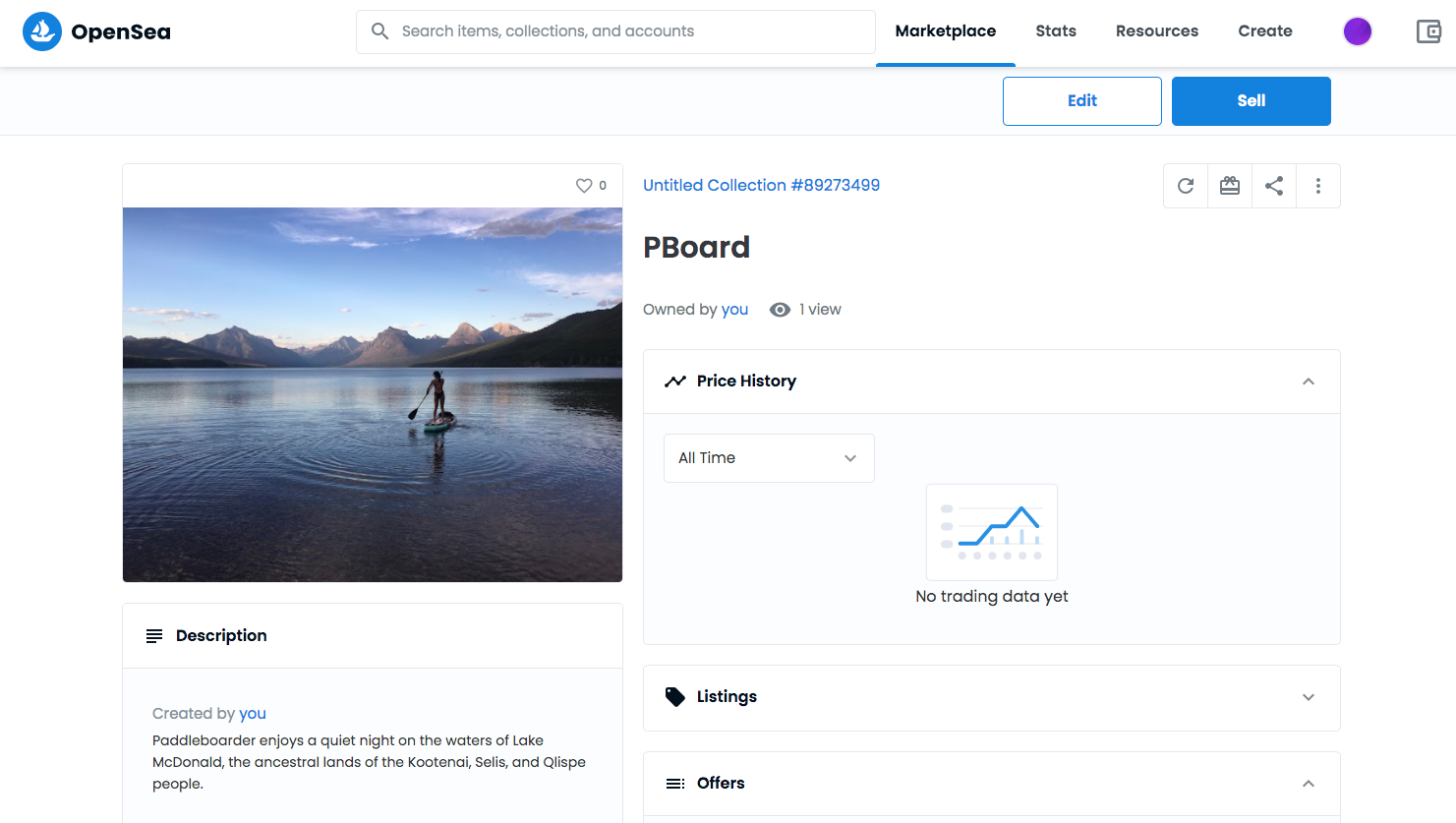

We sat down with Stephanie Balint, Head of U.S. Strategy & Operations with N26 Inc. in New York, to talk about her experience in the fintech industry, and the continued evolution of technology to solve old and new problems for consumers, and create new opportunities we have yet to think of.
How you get involved in fintech?
Stephanie Balint: I got involved with fintech very early on in my career. Right out of college, I started working in investment banking, and one of my first areas of coverage was fintech, which included players within market structure, exchanges, trading, and technology platforms. By covering that space, I learned a lot about the industry, and eventually moved on to work for a fintech company because I wanted an opportunity to have direct impact in day-to-day operations and scaling fintech businesses. One of the reasons this industry stood out to me is because of the unique aspects of the business models; unlike consumer retail businesses, fintechs are less subject to short-term trends and the whims of consumer demand, and have higher margins and therefore more scalable and profitable economics.
How have you seen the industry change across your career?
Balint: I have seen the industry change immensely over the past 10+ years. When I was first getting started in 2009, there was much more of a focus on established and mature companies who were utilizing older, legacy tech stacks and serving traditional financial institutions, but starting to do so in more tech-forward ways. Over time, I saw an evolution begin to take place with lots of new entrants in the space trying to better serve retail and commercial customer needs by replacing legacy tech. It was incredible to see so many talented people, who had previously worked at older financial institutions, come back to identify a problem in the space and propose new solutions that would eventually improve financial services as a whole and bring it into the modern age.
There have been so many interesting companies founded over the past 10+ years. Many of the small fintech concepts I was watching during my banking career have grown significantly, including neobanking. This was a category that was barely considered or on the radar, and now is its own massive category within fintech – with no signs of slowing down. Q2 2021 was the largest quarter on record for fintech with nearly $31B invested worldwide across 657 deals.
Some of the innovations I’m most excited about are around what I call the “plumbing” of financial services. Things like enabling faster payments, like ACH payments, foreign money transfer, and trade settlements. A lot of companies – like Plaid, Orum, or Wise – have already brought forth incredible solutions. Behind the scenes, as a consumer, you would never know what is driving your ability to get money faster or facilitate complex transactions.
Can you tell us a bit about your current role? How is your company impacting the future of fintech?
Balint: In my current role, I am the interim GM of N26 US. With that, I oversee our operations in the U.S. market, focusing primarily on the strategic and operational side of things. This includes working closely with our legal and compliance team to manage critical business partners, selecting new partners, and overseeing customer service and banking operations. A large part of my role is creating a shared strategic vision for the entity to work towards, as well as developing roadmaps and long, medium, and short term goals to achieve our vision in the U.S.
Where do you see fintech heading in the next 12 months?
Balint: There is a very strong appetite from investors who are trying to find the interesting companies that will rise to the top. I believe there is still a huge opportunity in the “plumbing” side of financial services, particularly with B2B businesses who are working to do things like speed up payments, improve infrastructure, and provide solutions to help globalize money movement. Generally, these businesses are working to bring financial services into the 21st century and it’s fascinating to be a part of this evolution.
What more do you think can be done to support women in fintech?
Balint: At an entrepreneurial level, I think foundational change needs to occur. Encouraging female founders by providing access to capital is essential to helping generate a more diverse fintech startup economy. The issue is that historically women have been underrepresented within VC investing. There are generally not many women in VC investing, compounded by not enough representation and funding of women at a founding level, which in turn leads to underrepresentation of women in fintech across all levels over time.
Within startups, I think it’s important that leaders take steps early on to build out a team that ensures diversity across all facets of the business. Seeking individuals with various social and economic backgrounds will ultimately contribute to a stronger and more inclusive product and diversity of thought within and across teams.
For individuals, I think having strong mentorship from other influential leaders is key to building a strong supportive network that will pay dividends throughout your career.
Where did you find support in the fintech world?
Balint: I had a lot of support early on in banking. As the only revenue-generating female senior managing director, and the only one in an advisory role leading fintech as a practice, my mentor in investment banking took a keen interest in me and helped me to build my network and coverage area to do things earlier in my career than I would have been able to on my own.
Once I moved directly into fintech, I found most of my support from other peers, not necessarily women. Especially at N26, many of the early employees at the company were like-minded and we found similar comradery in terms of drive, motivation, intellect, and general interest in how to navigate a small and growing organization, think critically about things, handle tough negotiations, optimize contracts for best possible terms, and build the team. I found that support from early employees who had gone through it together with me incredibly valuable as I grew in my own career.
What advice would you give to women starting their careers in the industry now?
Balint: First, know your worth. Figure it out early and don’t be afraid to ask other people you know in the industry for comparisons/benchmarks. Demand the pay you deserve and don’t be afraid to negotiate.
Second, invest your money early and often. You may make the same salary as your peers, but if you don’t put your money to work, you’ll be left behind in the long term in terms of wealth creation.
Last, don’t be afraid to ask for things you want. I feel strongly about the “don’t ask don’t get” approach. Ask for a seat at the table, to be included in meetings, for someone to mentor you … what’s the worst that can happen? You can always move on from a rejection but you can never get back a missed opportunity.
Photo by Christina Morillo from Pexels














